Yazd at a Glance
Yazd, A Desert Paradise
The word Yazd means, feast and worship, the city of Yazd has resisted the modern urbanization changes and maintained its traditional structure. The geographical features of this region have made people developed special architectural styles. For this reason, in the older part of the city most houses are built of mud-bricks and have domed roofs. These materials served as insulation preventing heat from passing through.
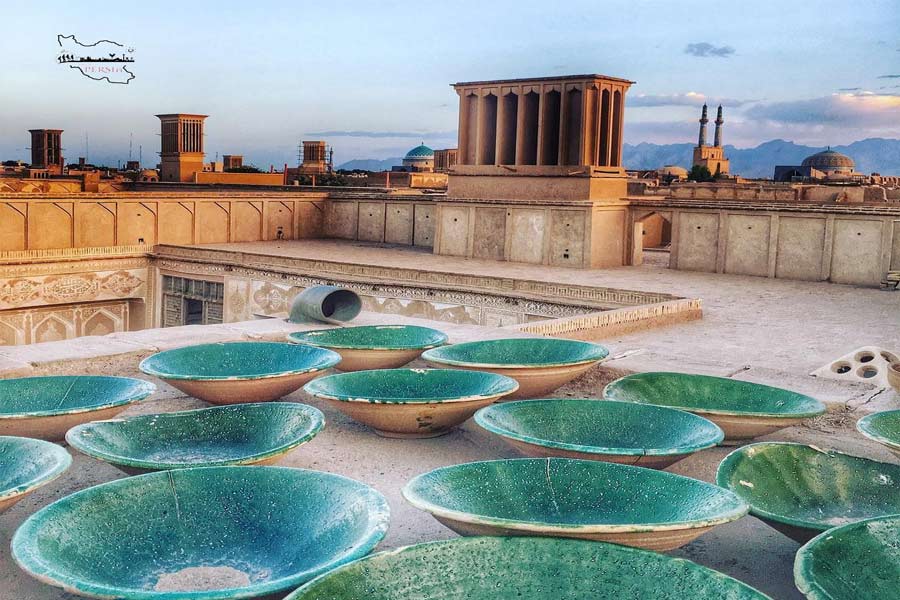
Marco Polo and Yazd
Here is Marco Polo writing about Yazd
Yasdi also is properly in Persia; it is a good and noble city, and has a great amount of trade. They weave there quantities of a certain silk tissue known as Yasdi, which merchants carry into many quarters to dispose of. The people are worshipers of Mohammad The holy prophet of Islam.
Geography of Yazd
With an area of 72156 Square Kilometers, the province of YAZD is located in the center of Iran. According to the administrative division rules, it is divided into 7 districts, each include at least one town and a number of villages, all located in a particular area. These districts are: Abarkooh, Ardaakan, Bafq, Maybud, Mehreez, Taft and Yazd.
Climate of Yazd
Yazd is the driest major city in Iran, with an average annual rainfall of only 60 millimetres (2.4 in), and also the hottest north of the Persian Gulf coast, with summer temperatures very frequently above 40 °C (104 °F) in blazing sunshine with no humidity. Even at night the temperatures in summer are rather uncomfortable.
Yazd Tourist Attractions
Fire Temple (Atash Bahram), Water Reservoir (Shesh Badgiri), Amir Chakhmagh Complex, Dovlat-Abad Garden. Alexandra Prison (Ziaiyeh School) , Narin Castle (Naranj Castle), Meybod Historical Post Office, Fahraj, Dakhmeh (Towers of Silence), City Tower, Bogh'eh Davazdah Imam (Twelve Imam's Mausoleum), Bazar-e Yazd, Kharanegh, Borj-e Khamooshan (Tower of the Expired), Jame Mosque of Yazd (Yazd Friday Mosque), Saryazd Castle, Kabootar-Khaneh, Chak Chak, and...
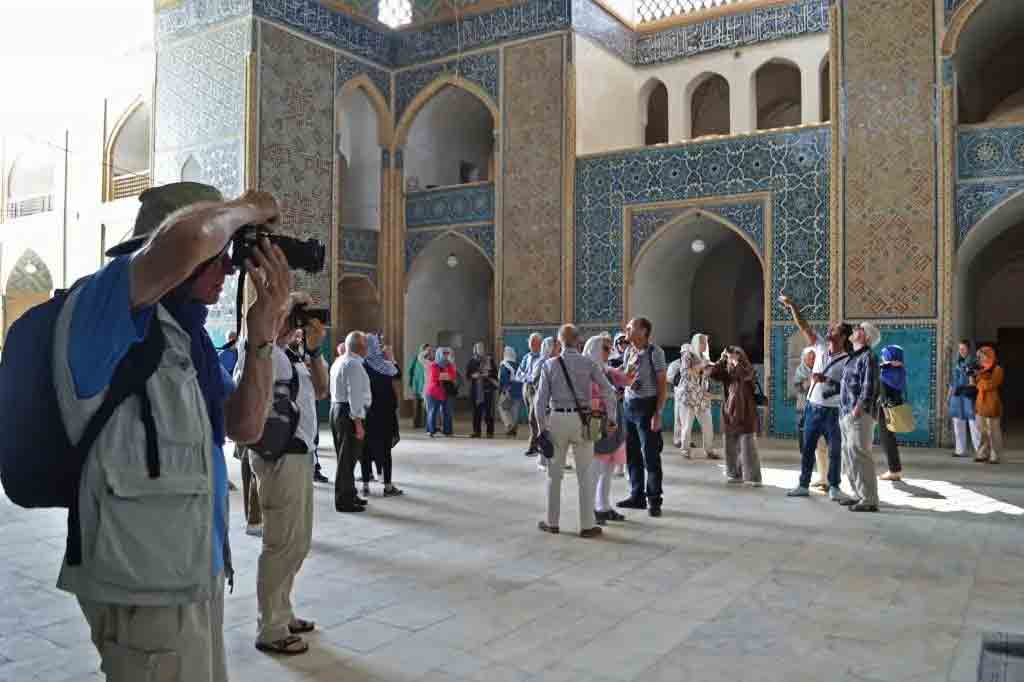
Amir Chakhmagh
Amir Chakhmaq is the name of an ancient square in Yazd that includes several old structures such as a bazaar, mosque, water storage, and a mausoleum that are all listed as National Heritage Sites. Amir Chakhmaq Square is the symbol of Yazd province and is also known to be the center of social gatherings and manifestations. Amir Chakhmaq Square was constructed in Timurid era by Amir Jalal Addin Chakhmaq. He was a Timurid ruler of Yazd and completing the project was not possible without his wife’s – Seti Fatemeh Khatoon – help and advice. The square and the mosque were then called Amir Chakhmaq Square and Amir Chakhmaq Mosque by the people respectively.
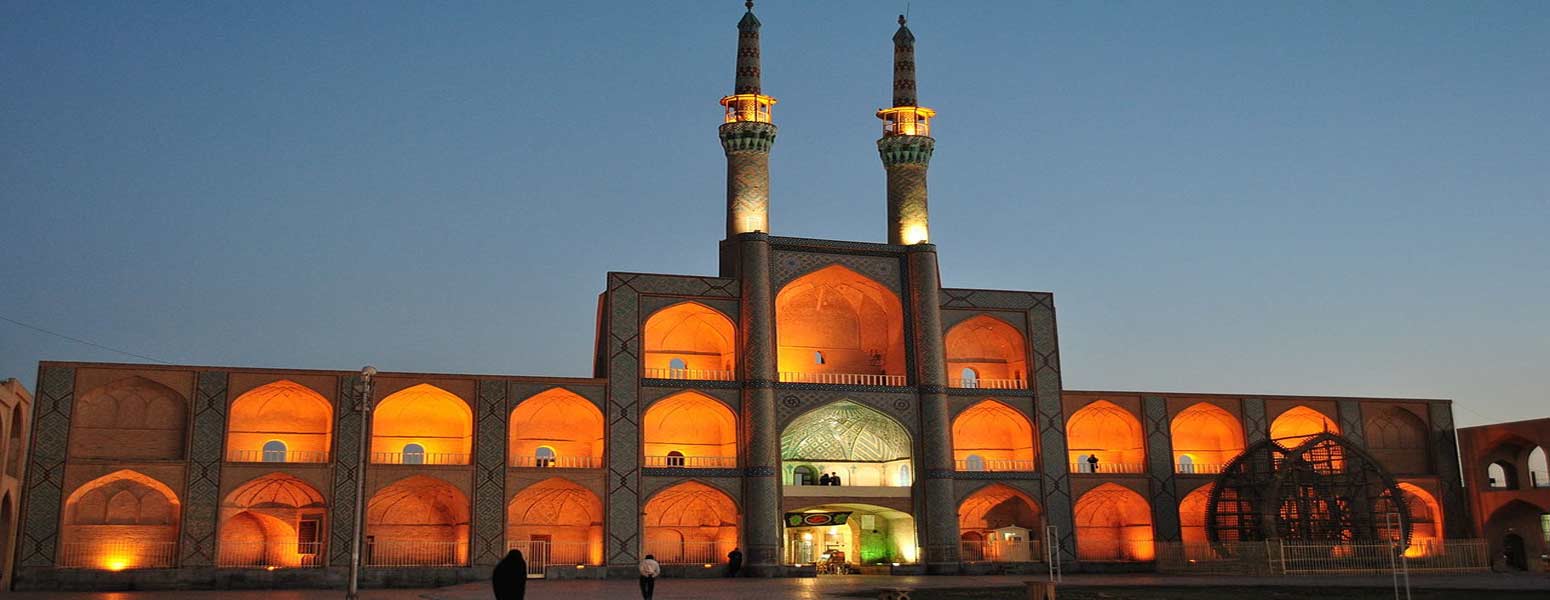
Dowlat Abad Garden
One of the 9 Iranian gardens registered in UNESCO WORLD HERITAGE SITE , is Dolat Abad Garden. The tallest windward in the world had been built in the center of this garden and has made it a strong touristic pole. Mohammad Taghi Khan Bafghi, Yazd ruler at the end of Afsharid era, established a garden as a residence for Shahrokh Mirza and Karim Khan Zand. The garden was known as a spectacular complex and was called Dolat Abad Garden and is a priceless reminiscence of Afsharid and Zand Dynasties. Back in time, there were too many tall and dense trees that could hide the garden from all those outside of it. It was also located in the suburban area of Yazd then but in Qajar era, when the city was expanded, it became a part of the urban context. With further developments in Pahlavi era, it was centered in the city, the same location as today. Dolat Abad Garden was then changed into ruins for a while. From 1969 to 1985, Culture and Arts Ministry rented the garden and devoted it to an office with an aim to preserve the national heritage. Renovations and reconstructions were applied to the garden but it never got its former prosperity back.
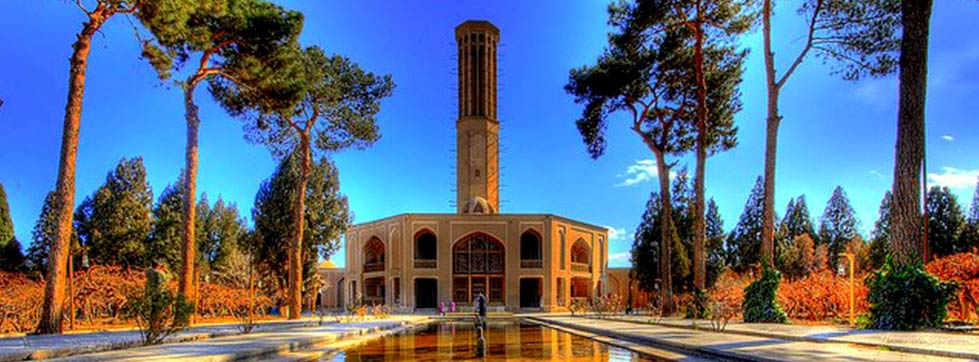
Zoroastrian Fire Temple
The Zoroastrian Fire Temple is the place of worship for Zoroastrians. It is said to be Iran’s only temple housing Atash Bahram. It was built in 1934 and enshrines the Atash Behram/Bahram, meaning “Victorious Fire”. It is one of the nine Atash Behrams, the only one of the highest grade fire in Iran where Zoroastrians have practiced their religion since 400 BC; the other eight Atash Behrams are in India. The fire inside is said to have been burning since about 470 AD which is visible through a window from the entrance hall. Atash Bahram is a fire that comes from Karyan Fire Temple in Fars Province. The flame was transferred to Ardakan in 1174, then to Yazd in 1474 and to its present site in 1940. Above the entrance of this building, there is symbolic bird-man which is symbol of Zoroaster.

Alexandra Prison
Ziaeie School or Alexander’s Prison is famous mostly because of its mysterious past. But it should not be misinterpreted that it has no historical value. Accordingly, it is also listed as a National Heritage Site. Alexander’s Prison is actually the former Ziaeie School which was built by Zia Addin Hossein Razi 8 centuries ago in 631 (Islamic Calendar). There used to be teachers and students sitting in classrooms around 700 years ago. It is widely believed that Alexander’s expatriates in Yazd used to be kept here. It rationally makes sense as Yazd was by then a faraway city and quite deserted in comparison to big cities. On the other hand, some others think that the school was transformed to a prison when Alexander attacked Iran. They say it was a place for keeping the governmental characters of the time. However, according to valid and reliable sources, a giant hole was made in one of the parts of Ziaeie School when it was ruined. The hole was assumed to be a dungeon and this was how the thoughts about it being a prison were invigorated. During pre-renovation studies, the hole turned out to have emerged due to underground water pipe network construction. As a result, it not only rejects all the thoughts about prison but also can be a representation of a proof of Iranian intelligence even in ancient times. Because it shows that Iranians were making attempts for a way to distribute water in a desert-like city of Yazd.

Jameh Mosque of Yazd
Jameh Mosque of Yazd is the main, congregational mosque of Yazd. The original building dates back to Sassanid Era. First, the mosque was constructed on the site of a Sassanid fire temple. It was vastly renovated from 1943 to 1986. The origin of the Jameh Mosque of Yazd dates back to 800 years ago. First, the mosque was constructed on the site of a Sassanid fire temple by the command of A’la Al – Dowleh Kalanjar. After 200 years, the mosque was renovated. The main building of the present construction is built by the order of Seyyed Rokhn Al Din Mohammad Qazi. One of the highlights about this mosque is that the oldest dated tile work existing in the building is in the eastern entrance vestibule and dates back to 1364 A.D. This 19th-century mosque is still in use.
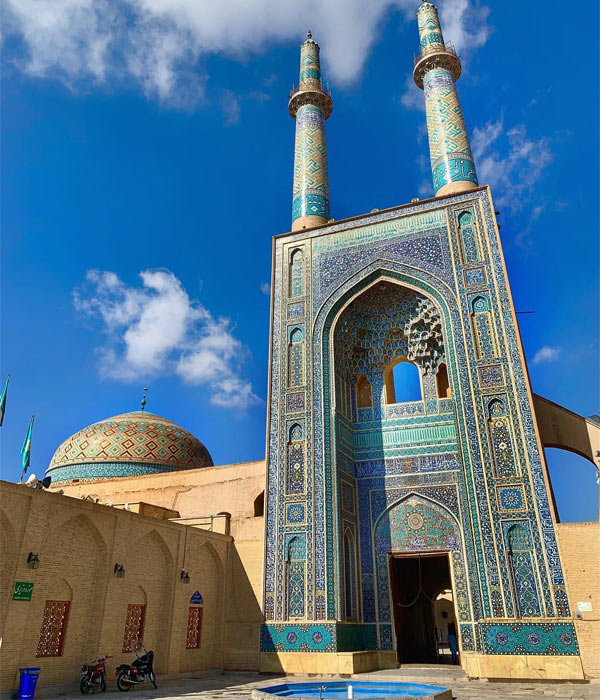
Narin Castle
Narin Castle is one of the most important historical monuments before Islam in Yazd Province. Narin Castle in Meybod town in Yazd is another historical and stunning mansion in ancient Iran whose builders’ architecture and art has attracted the attention and admiration of archeologists and history lovers. Its long background has given it a legendary identity such that the compiler of Yazd History has attributed the castle to the time of Solomon (AS). This old castle which is on top of a hill in front of Meybod has all its parts made of adobe and mud and its architecture is in stratified form. The castle was built in about 5 stages. The oldest section of the building includes spaces carved in the heart of the earth and are called “Boken” in the local language and make its lowest part. This old building was nationally registered in 1354 with registration number 3490.
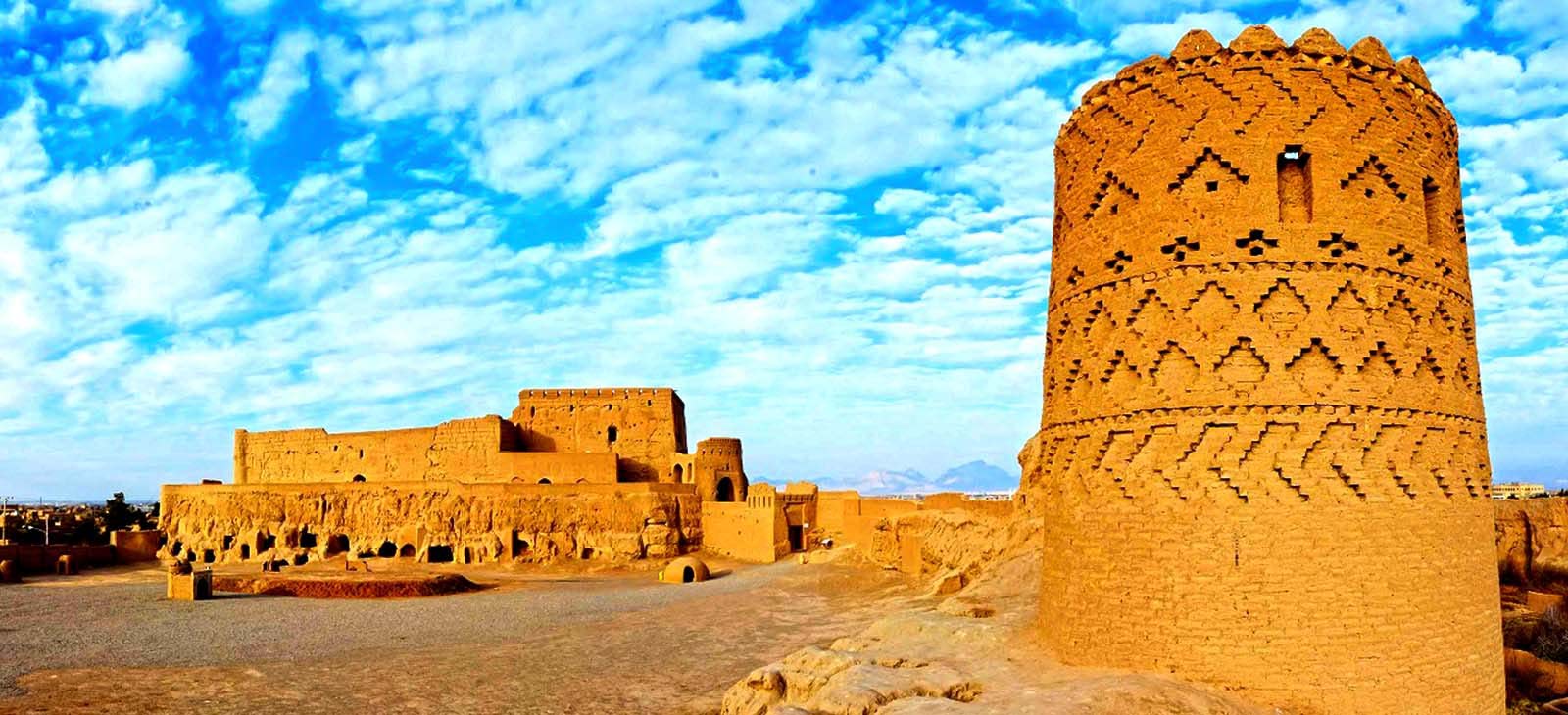
Dakhmeh ( Towers of Silence)
Zoroastrian’s Dakhmeh or Towers of silence is a place where Zoroastrian people used to place their deceased. It is a cemetery for Zoroastrian’s people but with a slight difference. Based on Zoroastrian’s beliefs, human remaining is unclean. Also, they consider soil as a holy element, so no human shall be buried because the soil will be polluted. So, instead of putting the corpse into the soil (here it comes the scary part), they put them for predators and birds (usually vultures) to feed on them! Now you know why they built towers of silence in height. It is worth to mention that in Zoroastrian’s religious strongly condemns mourning for the dead. This unusual ceremony has more than 3000 years’ dates. Zoroastrian corpse or “Nasu” were transferred by people named Nesakesh from home to the Dakhmeh. After delivering Nasu to Dakhmeh officials, the corpse was exposed to the sun and birds until only the bones are left. After this weird purification, there is a person in there who was never allowed to leave the Dakhmeh, putting the remaining bones into the “Ostudan” (Ossuary) in the middle of the Dakhmeh. The way that the corpse was arranged is interesting too. They were placed in circles, men in the outermost layer, women in between, and finally children in the center. It is worth to mention that all ceremonies in Dakhmeh were stopped since the 70s.
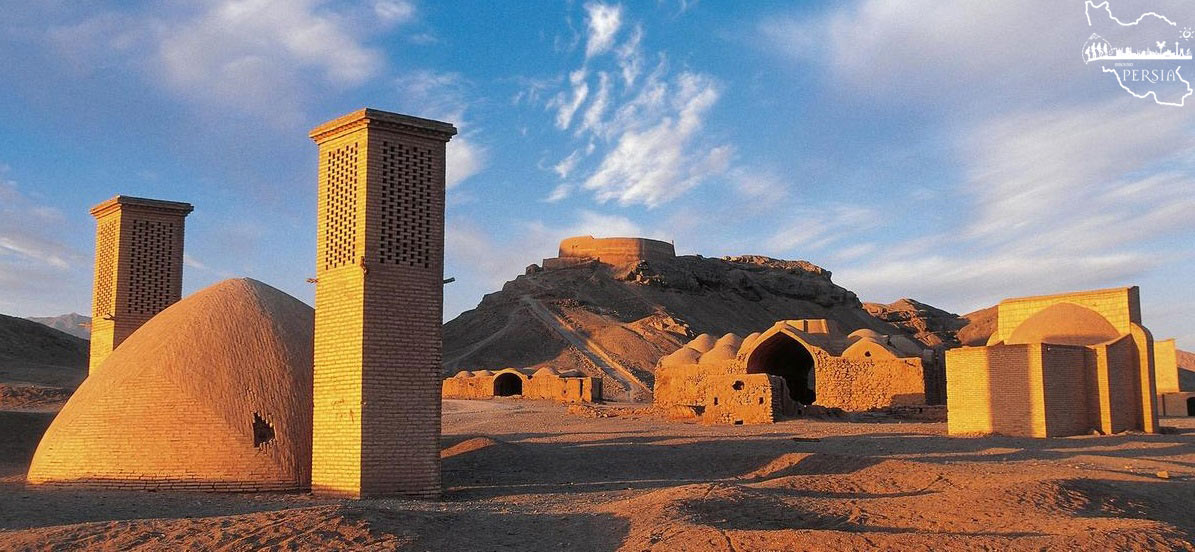
Kharanaq
Kharanaq Located about 70km north of Yazd, this crumbling mud brick city has been occupied by humans for over 4,000 years (the adobe houses and architecture visible today dates back over 1,000 years). There’s actually a New Town located 2km from the Old Town where the remaining residents of Karanaq live (about 400 people save for a few elderly people who refuse to leave), but it’s the Old Town that captures the imagination of visitors and photographers. It’s a fascinating place to walk through with its winding and decaying alleys, tunnels and spaces, and is located in a picturesque valley. One of the most visible monuments in the city, and one of the few things around that has been restored is the 15 metre tall Shaking Minaret of Kharanaq. Dating back to the 17th century, the minaret can frequently be seen vibrating.
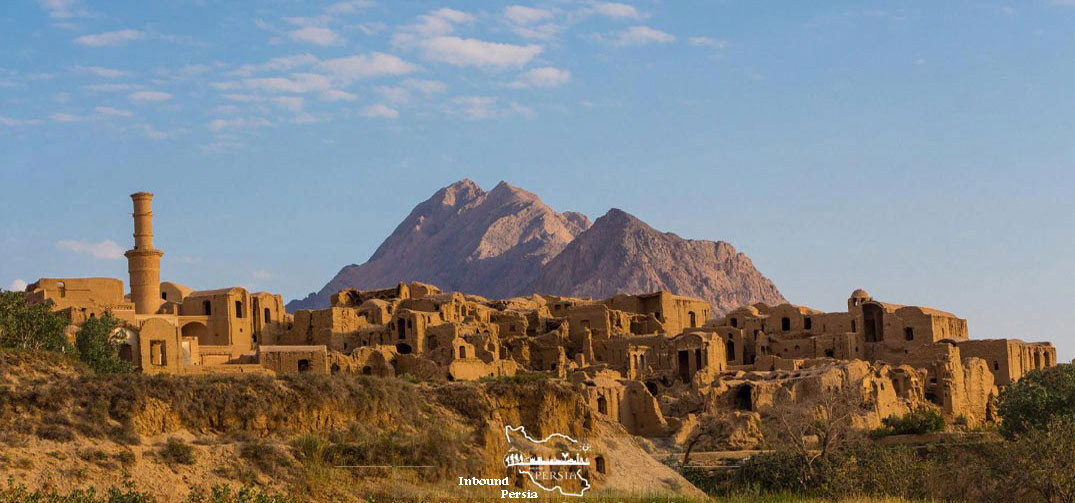
Zurkhaneh
Zurkhaneh that literally means ‘house of strength', is the traditional gymnasium of urban Persia and adjacent lands. Until the mid-20th century the Zurkhaneh was associated primarily with wrestling. Descriptions of the Zurkhaneh often imply a timeless essence, while in fact the institution has constantly evolved and continues to do so. The traditional Zurkhaneh consisted of a building whose architecture resembled that of a public bathhouse, in whose close proximity it was often located.The origin of the Zurkhaneh is shrouded in mystery. Its vocabulary, rituals, ethos, and grades recall those of fotowwa (javanmardi) and Sufism, but a direct affiliation cannot be established at the present stage of knowledge. Since wrestling has an old tradition in west, central, and south Asia, it is possible that sometime in the 14th or 15th centuries wrestlers formed guilds and adopted rituals borrowed from fotowwa and Sufism.Wrestlers were mostly entertainers with low social status, and so perhaps this of noble ideals was an attempt to acquire greater respectability. The synthesis of wrestling prowess and Sufism is embodied by the 14th-century Pahlavan Puria-ye Wali, whom Zurkhaneh athletes (as well as wrestlers in Turkey) regard as a role model.

Chak Chak, the mountain Zoroastrian sanctuary
Located about 100 km from Yazd, this village holds one of the most sacred sanctuaries for Zoroastrians. Each year, thousands of believers come here in pilgrimage, from all around the world. Perched in the mountain, is the humble Pir-e Sabz Fire Temple. One has to climb 230 steps to reach this holy place but is rewarded by a stunning view over the desert. The story recalls on this exact place that Nikbanou, the second daughter of the last Persian ruler, found refuge during the Arab invasion in 640. Followed by her enemies, she reached the mountain, and there, prayed the God Ahura Mazda to protect her: miraculously, the mountain opened itself to offer her shelter and saved her from her attackers. Inside the Fire-Temple is heard the echo of the drips from a small spring on top of the mountain, which gives its name to the place.
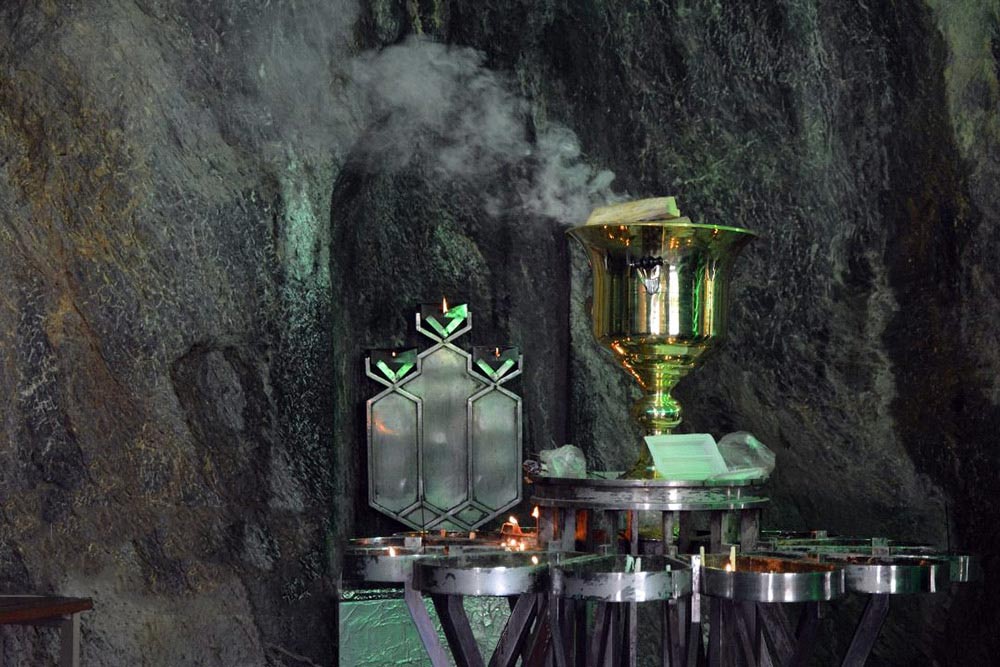
Saryazd Castle
Saryazd Castle is located near Yazd-Kerman Road. The castle dates back to Sassanid dynasty. This monument is surrounded by a trench with a six meters width and depth of four meters and the trench is considered the first defense layer of the castle. The castle has two defensive ramparts and fence. The outer fence with a height of six meters includes three circular towers and a square tower and the inner fence with 9 meters height includes six circular towers. The inner space of this castle that dates back to the Sassanid era was built in a specific order in two floors three floors at times including residential sector, service sector, etc. The complexity in inner spaces along with the tower and ramparts and simple and courtly geometrical shapes on them and the beautiful outer volume of the building is its unique features that have made Saryazd Castle as one of the most picturesque castles in the country. This monument was registered as one of the national monuments of Iran. The castle has been one of the oldest and largest bank safe-deposit boxes in Iran and the world where cereals, money, gold, and jewelry were kept during invasions. The castle has nested concentric walls with impregnable high towers that are surrounded by a moat . The moat has a width of 6 meters and a depth of 3 to 4 meters. The castle has two doors, that one is the main door and another is a guardian door. The castle has three floors that are made with mud brick.
.jpg)
Yazd City
Yazd is a must-see destination in Iran. One of these cities whose magic hasn't faded through the centuries and which offers unusual sceneries to the visitors. Yazd is one of the oldest settlement in the world, a very fine and splendid city. Like other towns of the Persian plateau, Yazd is a maze of narrow alleys and built wholly of mud brick and adobe. Central to both the existence and the success of the city is its irrigation system, the qanat, draining water from the mountains and into the city through pipes that run for many miles underground. The centre of city life orientates around the bazaar, where mosques, baths, caravanserais, and schools were traditionally built right alongside the merchant stalls, making it truly the centre of civic life. This bazaar was the motor that drove the city’s economy throughout its history, as traders travelling along the edges of the Iranian desert stopped off in the town and thus enriched it with goods and cultures from east and west.
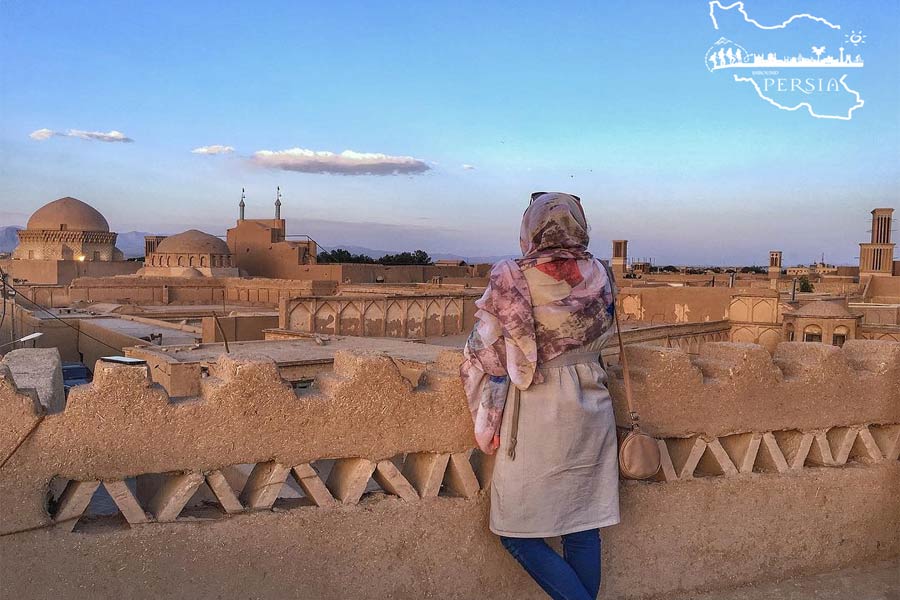
If you are planning to choose Yazd city tours or Yazd day tour, you are in the right place. We offer exclusive Yazd tour packages. Our main purpose is to expose you to Iran’s rich history and let you experience Iranian culture.
Join us and book your own Yazd city tour or Yazd day tour.